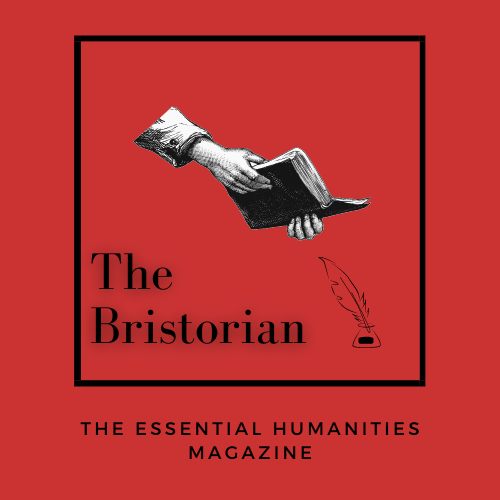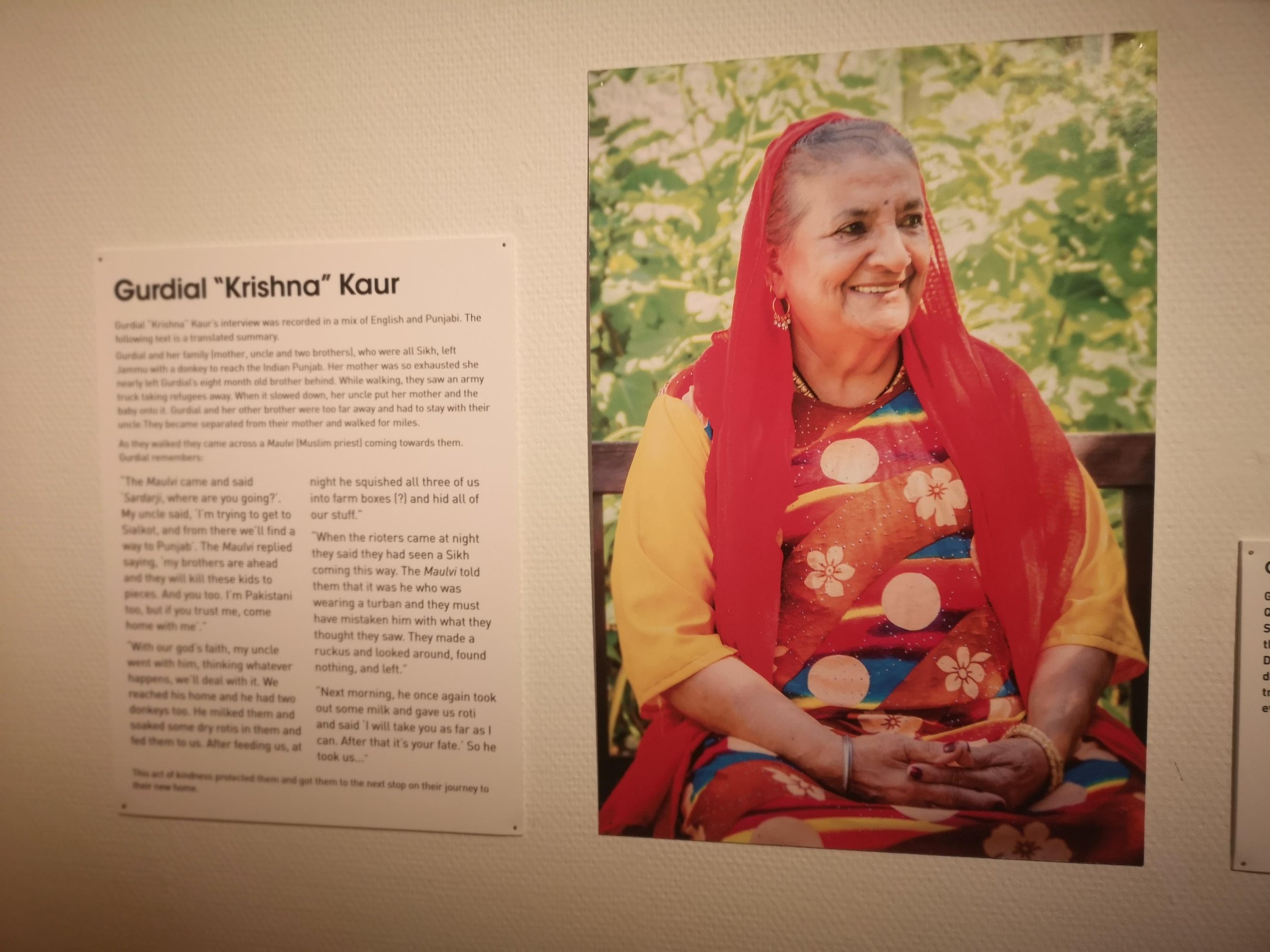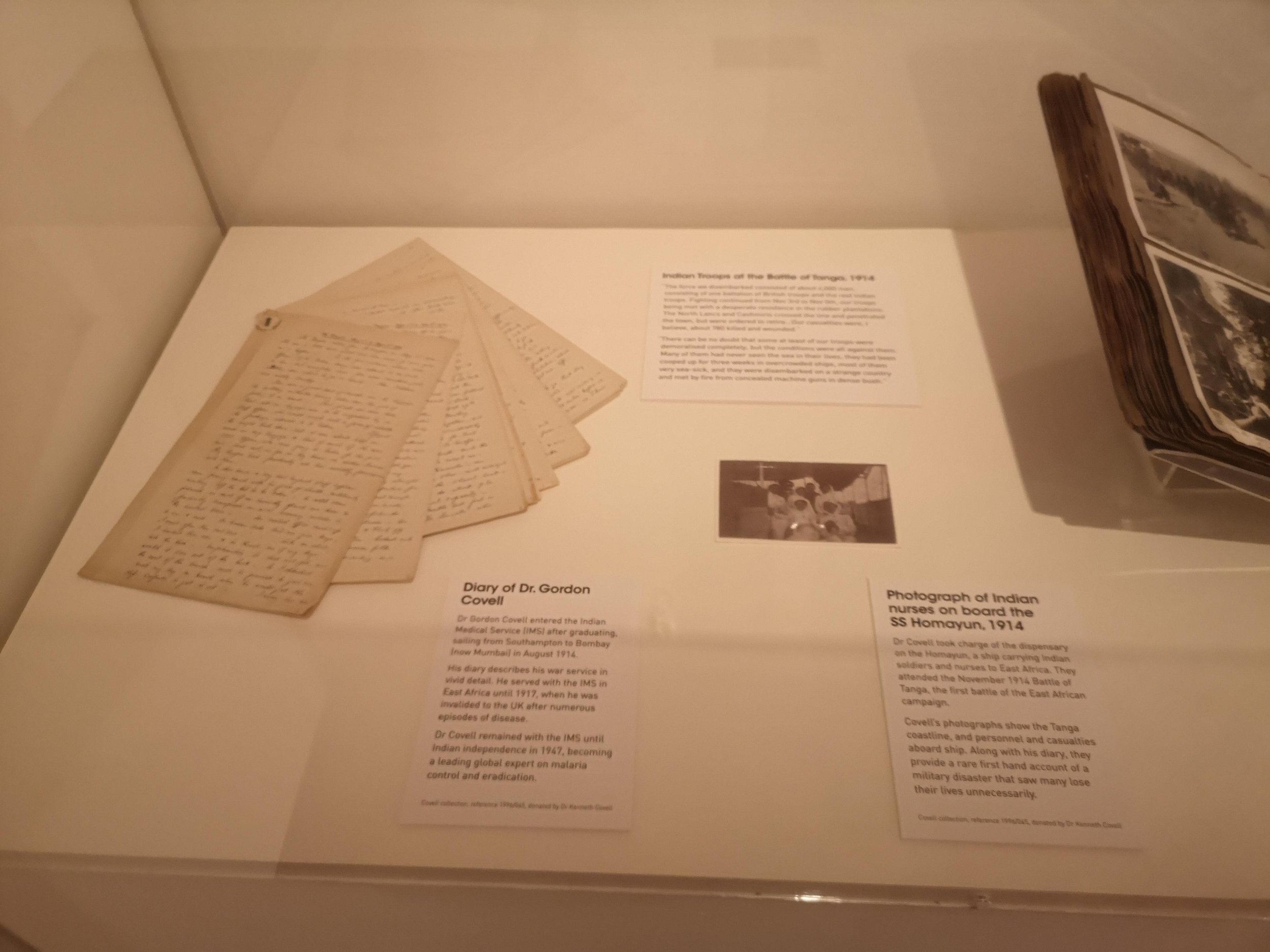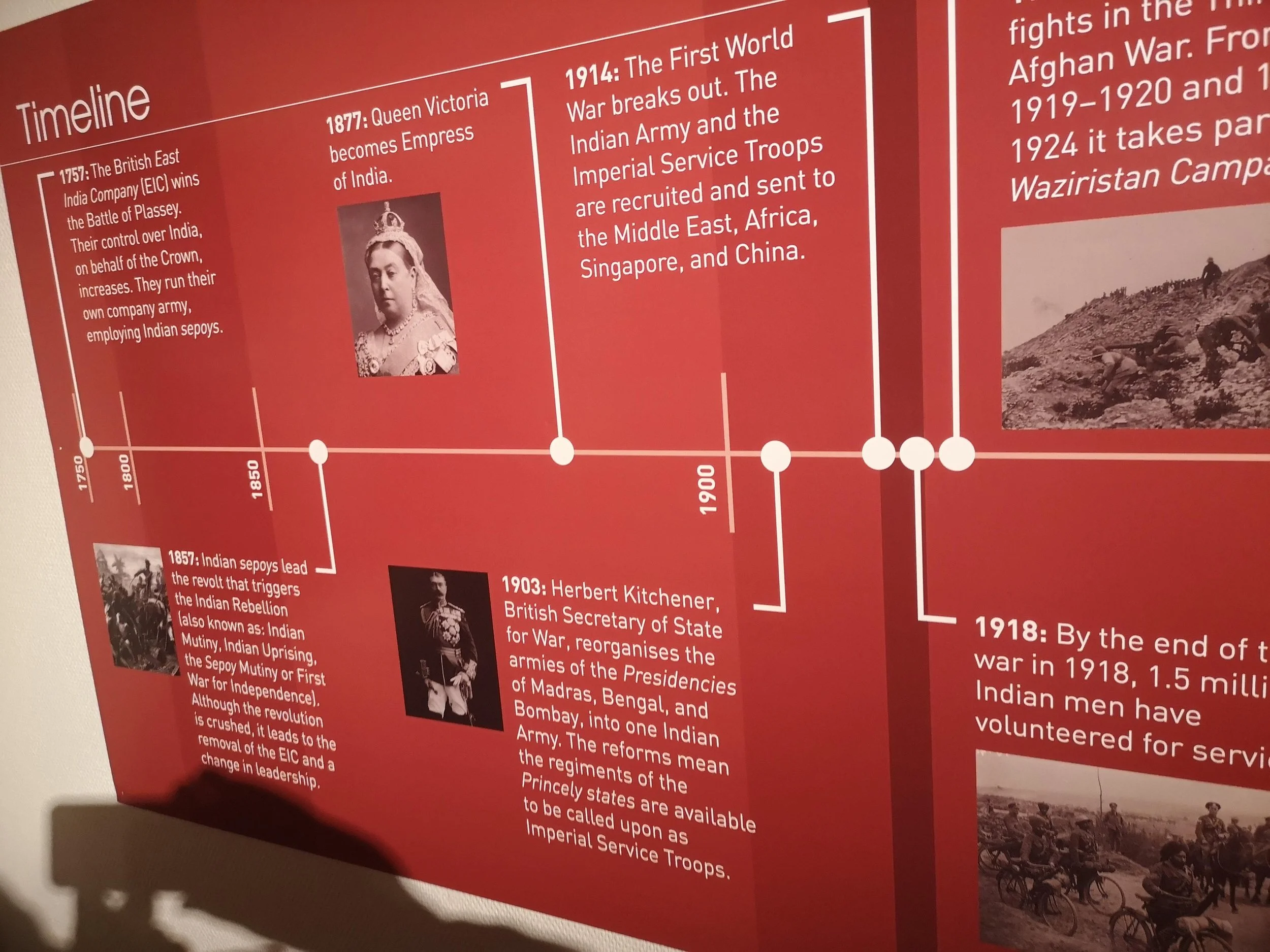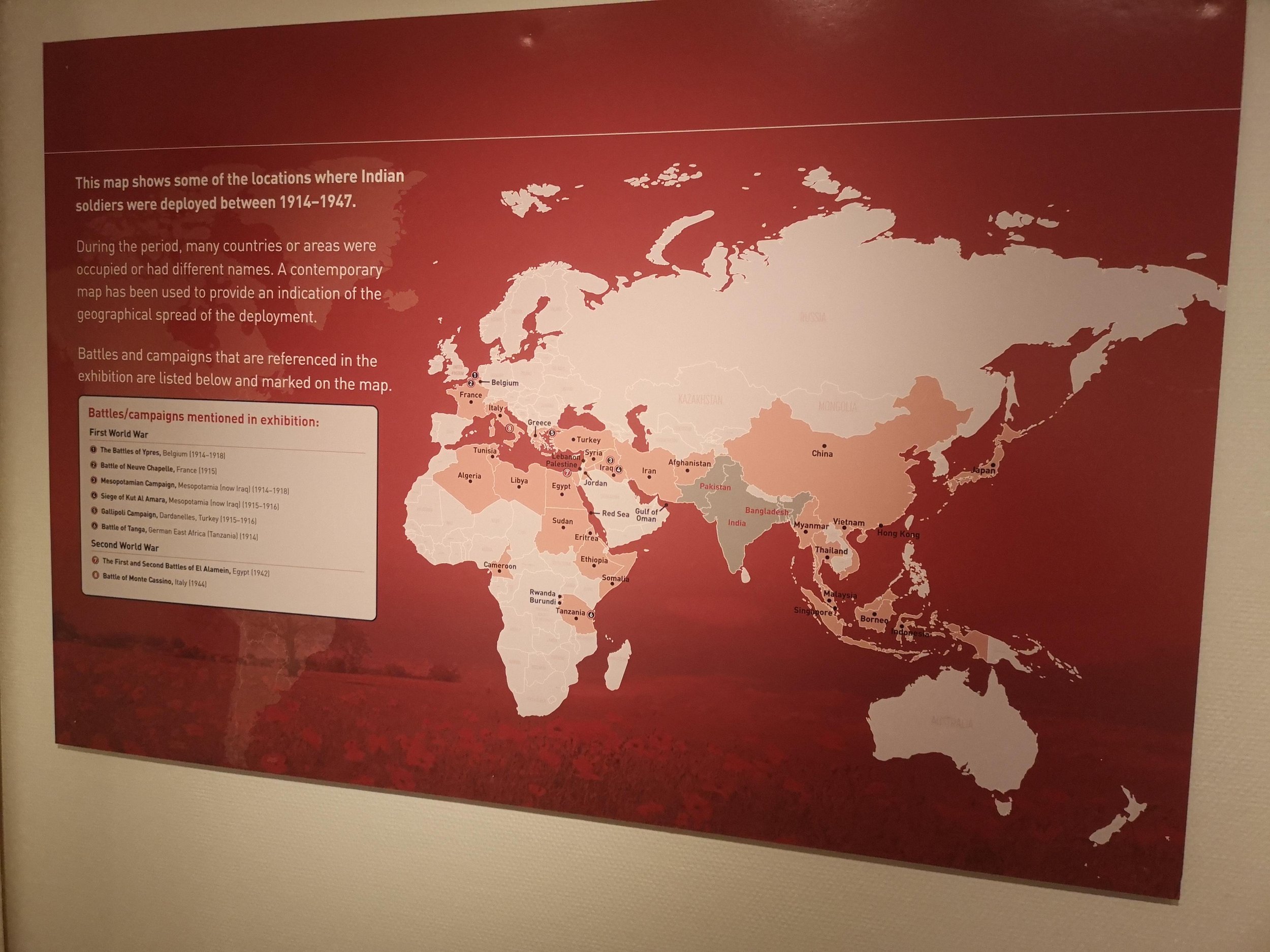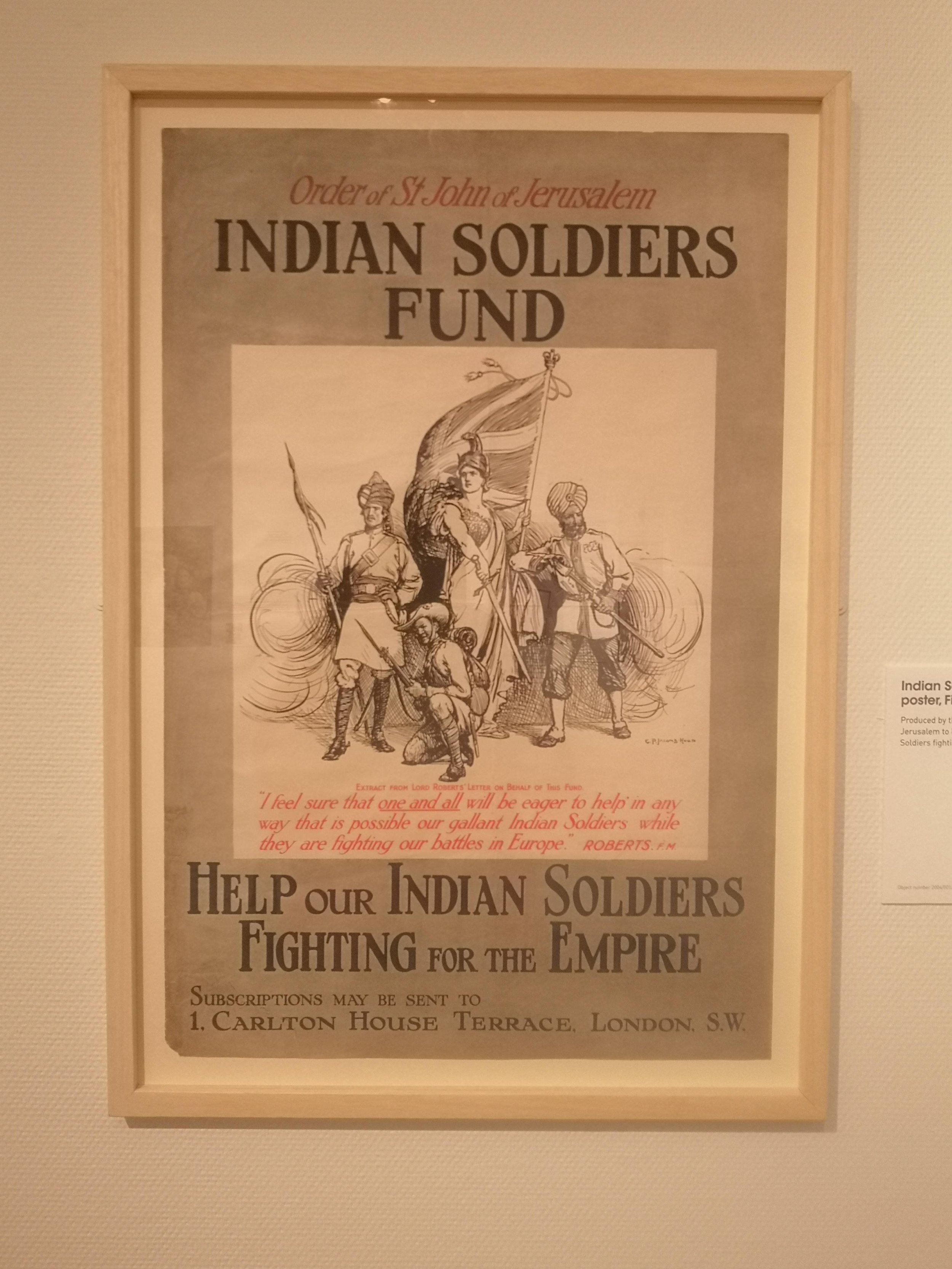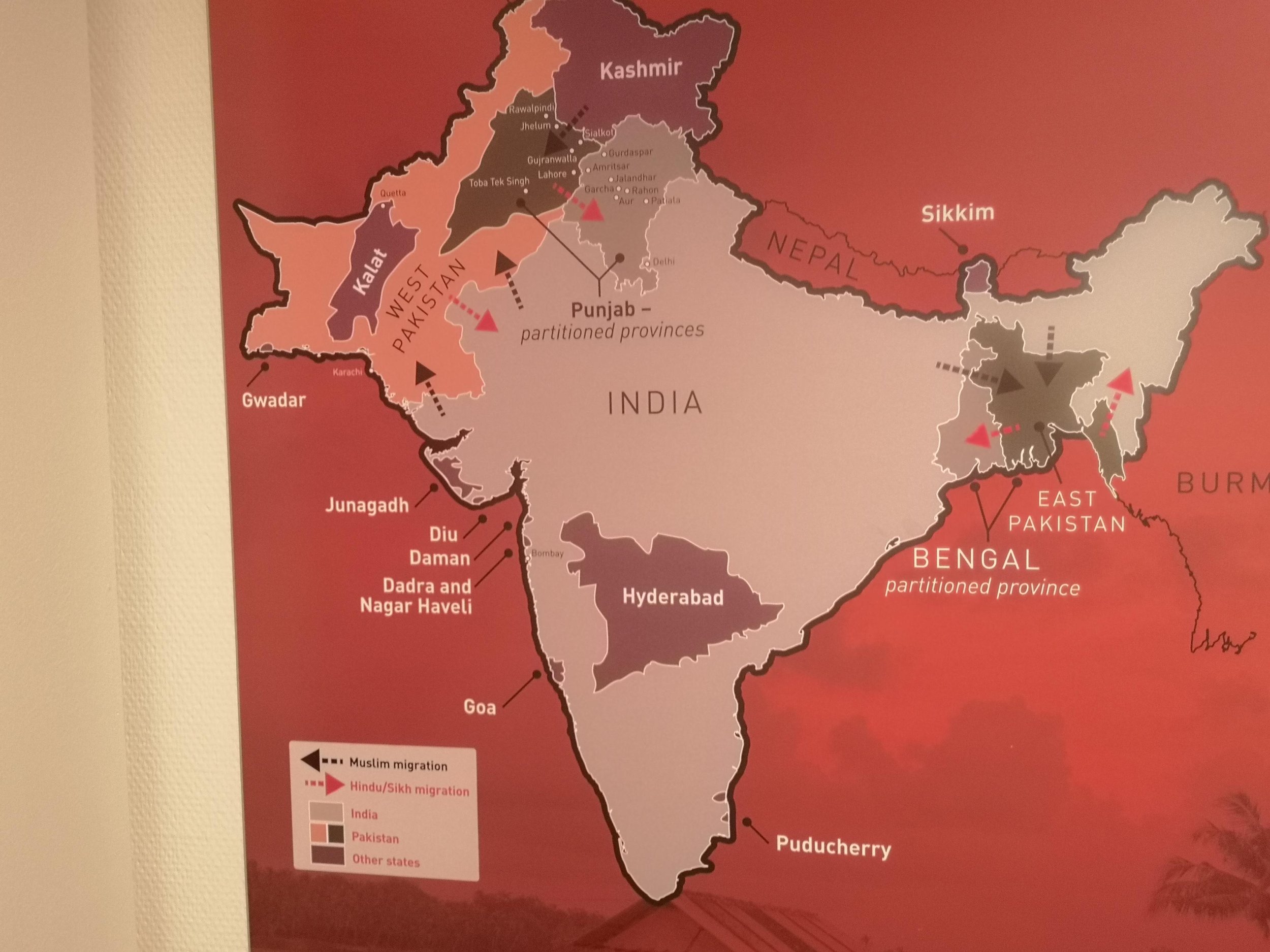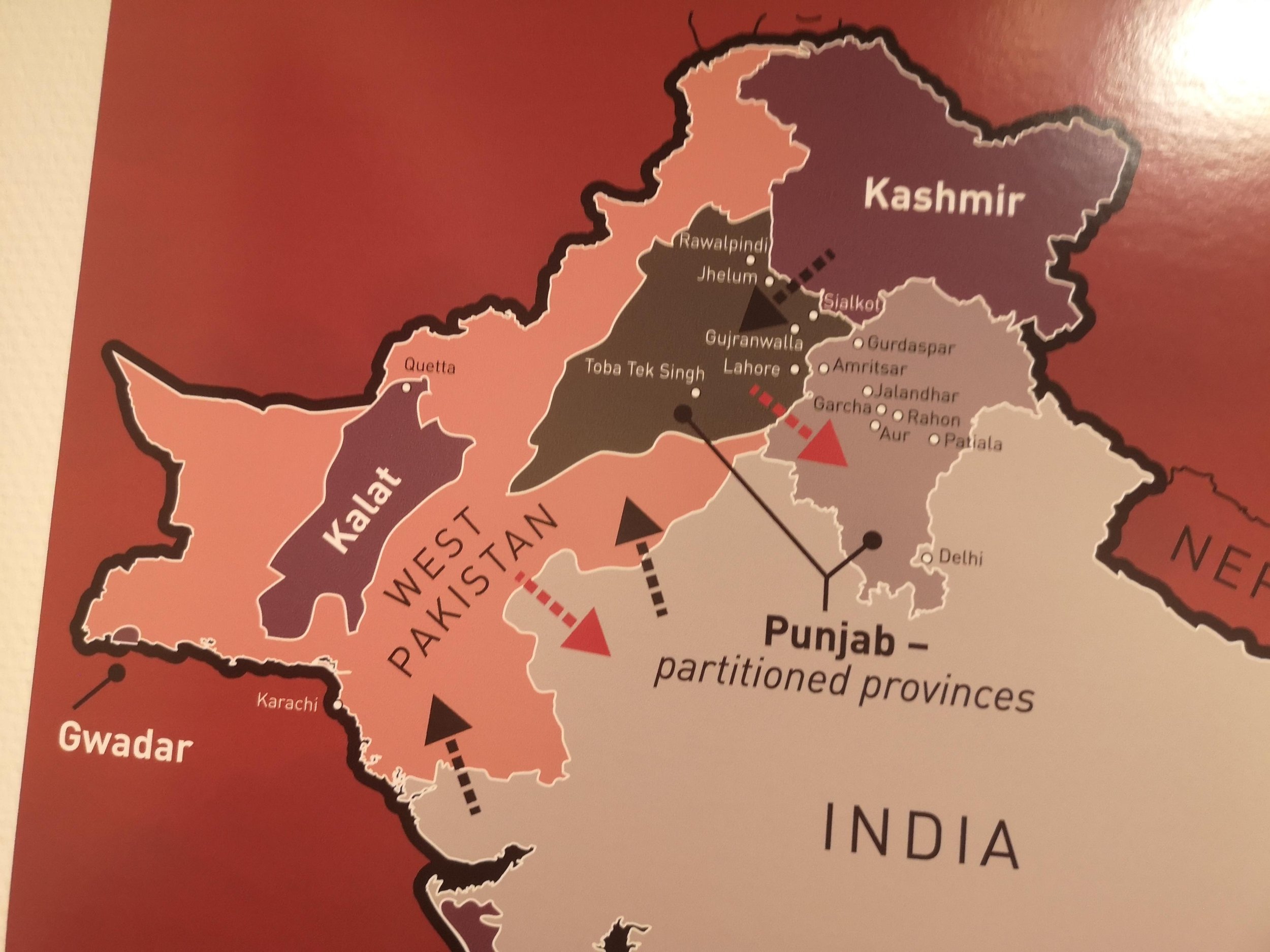Exhibition Review: ‘We Are Everywhere’ War Experiences from Pre-Partition India
By Milan Gregory Perera, 3rd Year English
We are Everywhere is a partnership between members of Bristol South Asian community and the British Empire and Empire Collection (BECC) held at Bristol Museum and Art Gallery. It is located on the second floor of the City Museum adjacent to the Pottery and Porcelain collections on display. When you enter through the door to the rectangular space you are gripped with a realisation that you are entering a time capsule where the history surrounding the Partition of Indian Subcontinent in 1947 is brought to life. The statistics surrounding the Partition is simply astounding: some 12 million people were displaced and forced to cross the border amidst an unprecedented violence. The most conservative statistics indicate that at least 1 million people were killed in ensuing violence and upheaval. Some 80000 women were raped. These stone cold numbers are no mere statistics but are interwoven stories of families being torn apart and destroyed leaving behind a tally of faceless and nameless victims.
The exhibition attempts to put names of those who were affected even in a smaller scale. Inter-generational experiences were captured on images, written words and audio clips. The earpieces set to the walls with corresponding voice clips make the experience more personal rather than a procession of photos. The Partition had shown how some close-knit communities who lived among one another for hundreds of years became sworn enemies and started to murder and rape their neighbours overnight. The magnitude of human tragedy is simply unfathomable. The exhibition illustrated the depths of depravity capable in the hands of humans alongside the heroism of some courageous individuals who shielded and protected their neighbours. Such was the story of Gurdial “Krishna” Kaur whose Sikh family was scrambling to reach India. Amidst the pervasive religion and ethnicity based violence, they met up a Maulvi (Islamic Cleric) who fed the fleeing company and hid them in three farm boxes overnight while the blood thirsty rioters were looking for “enemies”.
Indian Novelist and Journalist, Khushwant Singh illustrates in his magnum opus:
“Muslims said the Hindus had planned and started the killing. According to the Hindus, the Muslims were to blame. The fact is both sides killed. Both shot and stabbed and speared and and clubbed. Both tortured. Both raped.”
The exhibition managed to capture the circumstances that led to one of the biggest human displacements in history in a very comprehensible and digestible manner. The breakout of WWII forced the hand of the British Empire to relinquish the the prized jewel of the Imperial crown: the British Raj. It demonstrated how hasty and shortsighted the imperial rulers were. It did not shy away from pointing out callous and inhumane policies of Winston Churchill, notably the man-made Bengal Famine in 1943 which claimed the lives of estimated 2.3 million to 3.8 million individuals. The person who was entrusted with the drawing the partition line and carving up the Indian Subcontinent was entrusted to a certain Cyril Radcliffe, who has never travelled to India before and has never gone East beyond France. A judge by profession, but Radcliffe was no judge of religious, ethnic and cultural sensibilities of India. Due to the unusually hot summer, Radcliffe did not even bother travelling to the areas of Punjab and Kashmir he was about to carve up but relied on some outdated censuses and maps. Consequently it was not a border drawn in ink but in blood.
Images from the We are Everywhere Exhibition (above) captured by Milan Gregory Perera.
The exhibition also shed some light on the enormous contribution Indian soldiers made during both WWI and WWII who fought for their Imperial masters only to be forgotten and buried under foreign sands. Their valiant efforts are only beginning to receive their due recognition. It goes without saying that there are no quick fixes to the human tragedy resulted as a hangover from Colonialism.
We are Everywhere started on 1 October 2022 and continues till 5 March 2023.
